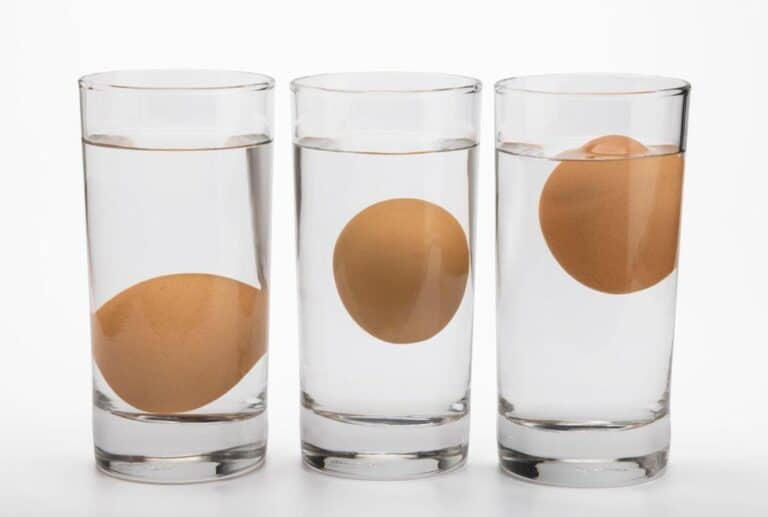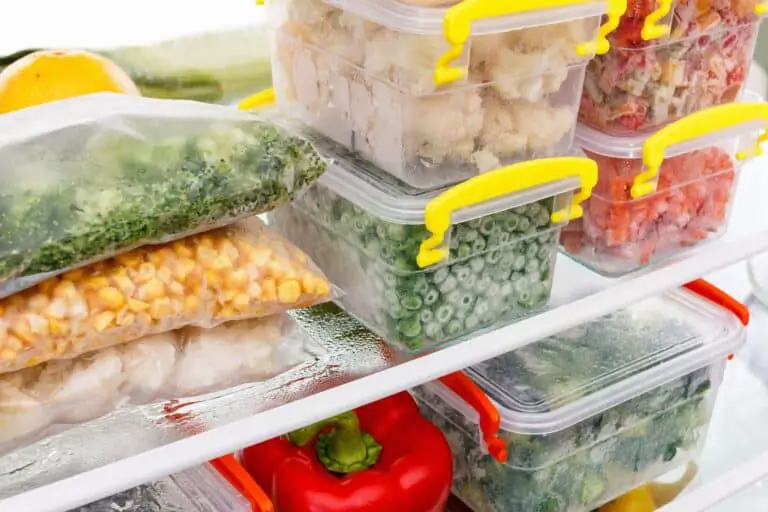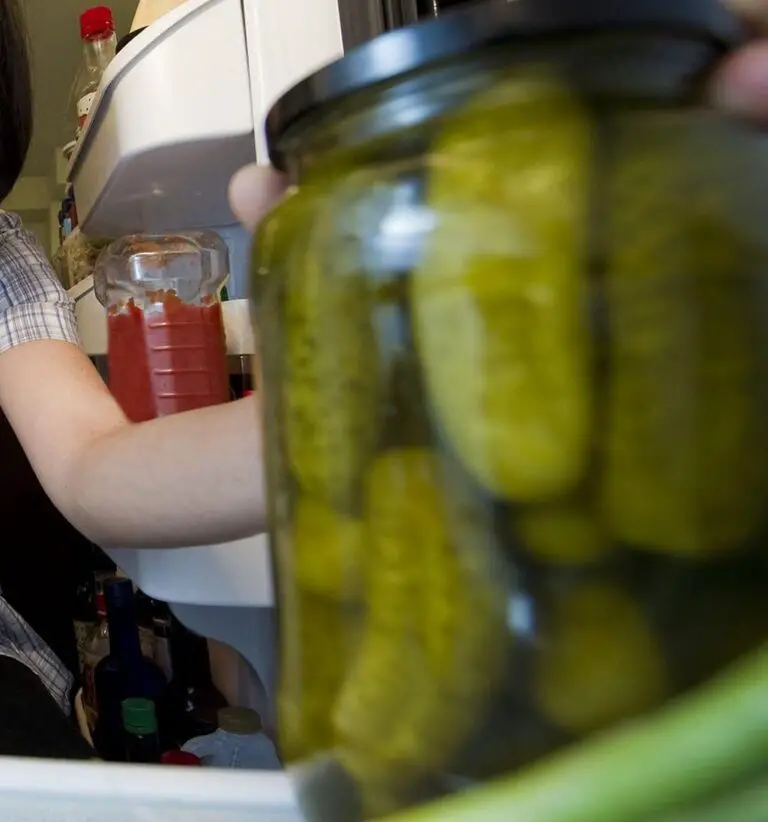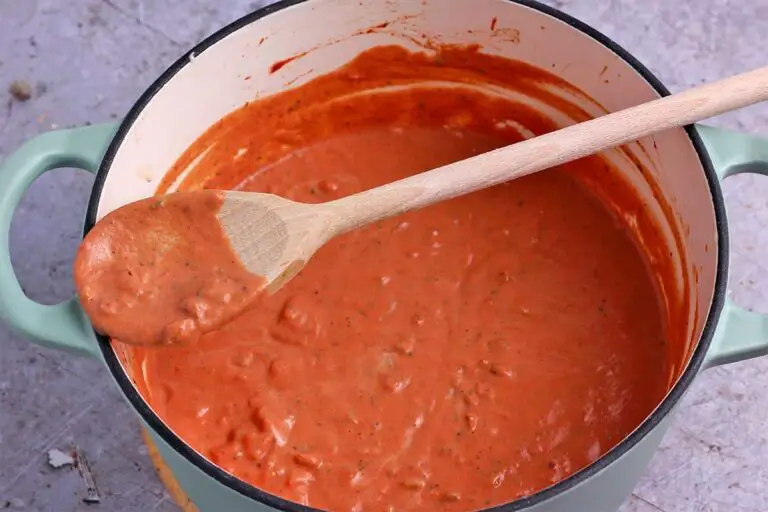Can You Reheat Custard Twice? Is It Still Safe to Eat?

Custard, with its creamy texture and irresistible sweetness, has long been a staple in the world of cooking and baking. Many people adore custard for its luscious flavor and versatility as a filling for pastries or as a standalone treat. But what happens when you find yourself with leftover custard? Can you reheat it not just once, but twice?
As food enthusiasts often experiment with new recipes or aim to minimize leftover waste in their kitchens, the question of reheating custards multiple times arises naturally: Can you truly enjoy reheated leftovers without sacrificing taste or compromising safety?
Join us as we uncover the answers and discover helpful tips on how to make your reheated custards shine—yes, double time!
Basics of Custard
Before we explore this intriguing question further, let’s first understand what custard really is. Simply put, custard is a delectable combination of eggs, sugar, milk (or cream), and sometimes flavorings like vanilla or chocolate. It is typically cooked over gentle heat to achieve that smooth, velvety consistency we all adore.
Ingredients and Preparation:
Breaking down the basics, custard’s charm lies in simplicity. The table below demystifies the key ingredients and their roles in crafting this creamy delight.
| Ingredient | Role |
| Eggs | Provide structure and richness |
| Sugar | It sweetens and adds a caramel touch |
| Milk or Cream | Infuses creaminess |
| Vanilla/Chocolate | Enhances flavor |
Cooking Technique:
Achieving the velvety texture we crave involves a careful dance of heat and technique. Slow cooking prevents curdling, and the water bath method ensures an even bake. Stirring attentively transforms this medley into a smooth, irresistible custard.
Food Safety Considerations
Reheating food properly is crucial to ensuring its safety and preventing the risk of foodborne illnesses. When it comes to custard, which contains eggs as a key ingredient, extra care should be taken during reheating. Eggs can harbor harmful bacteria such as salmonella, which can multiply rapidly at room temperature.
The main concern when reheating custard is reaching and maintaining the proper internal temperature to kill any bacteria present in the custard. The FDA recommends heating foods like custard to an internal temperature of 165°F (74°C) for at least two minutes. This ensures that potential pathogens are destroyed, reducing the risk of illness.
Failure to heat custard thoroughly or reheat it multiple times without reaching the recommended internal temperature increases the chance of bacterial growth and contamination.
It’s vital that you use a food thermometer to check the temperature before consuming reheated custard. While it may seem tedious, prioritizing food safety should always be paramount in your cooking practices.
Moreover, consider using pasteurized eggs when making homemade custards since they have undergone a process that destroys harmful bacteria while still providing quality texture and taste. Using pasteurized eggs reduces some of the risks associated with improperly cooked or reheated dishes containing raw egg products.
Can You Reheat Custard Twice?
Yes, it is safe to reheat custard, but it is recommended to do it only once. Reheating custard can be done in the microwave or on the stovetop. When using a microwave, it should be heated in 30-second intervals, stirring after each interval, until warmed through.
On the stovetop, it should be heated over low heat, stirring continuously. It’s important to be mindful of how you store custard, and if custard too thick, you can add some additional milk or cream while reheating it. Repeated reheating of custard can affect its taste and texture, so it’s best to reheat only the portion you intend to consume immediately.
Reheating Custard Once
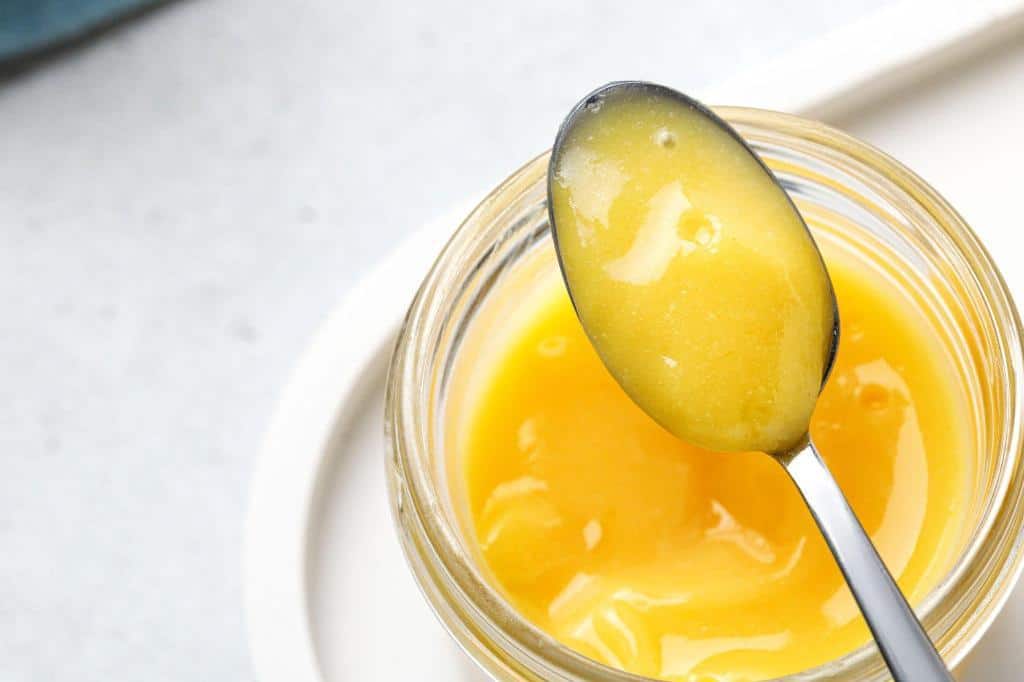
When reheating custard, doing it only once is usually safe and simple. The key to successfully reheating custard without compromising its taste or texture lies in using the right methods.
The stovetop is a popular choice for reheating custard as it allows for precise control over heat levels. To do this, gently place your custard in a saucepan over low heat. Stir constantly with a whisk or wooden spoon to distribute the heat evenly and prevent any scorching. Keep an eye on the temperature and remove it from the heat when the custard reaches your desired warmth.
If you prefer a quicker method, using a microwave can also be effective. Transfer your custard into a microwave-safe bowl and cover loosely with plastic wrap or a microwave-safe lid to retain moisture. Heat at medium power or use the defrost setting in short bursts of 20–30 seconds, stirring well between each interval until warmed through.
Quality Considerations
One of the main worries about reheating custard is how it might change the taste of the dish. While custard can generally withstand being reheated once without major issues, repeated reheating may result in changes in taste and texture.
After the initial round of reheating, you may notice that the custard becomes slightly thinner and less creamy. This is because each heating process causes moisture to evaporate, altering the consistency. To combat this, consider adding a small amount of milk or cream when reheating for a second time. This will help maintain its original richness.
Additionally, prolonged exposure to heat can also cause custards to become grainy or develop a coagulated texture. To minimize these effects, reheat your custard slowly over low heat while constantly stirring with gentle motions. Avoid rushing the process by cranking up the heat, as this can lead to undesirable results.
To preserve optimal quality when reheating custard multiple times, store any leftovers in an airtight container in the refrigerator rather than leaving them at room temperature for extended periods. By following these tips and handling your custards carefully during subsequent reheats, you can enjoy deliciously smooth and flavorful desserts every time.
Reasons Against Reheating Custard More Than Once
While reheating custard may seem like a convenient solution when you have leftovers, some experts advise against doing it more than once. There are several reasons why reheating custard multiple times may not be the best idea.
One concern is the potential alteration in flavor. Custards are known for their delicate and velvety textures, as well as their rich taste. However, each time custard is heated and cooled again, its flavors can become duller and less vibrant. This loss of flavor can significantly affect the overall enjoyment of the dish.
Furthermore, repeated heating can also cause changes in texture. Custards rely on a delicate balance between eggs and dairy to create their luscious consistency. However, excessive reheating can lead to curdling or separation of these ingredients. As a result, your once smooth custard might end up with an unpleasant grainy or lumpy texture.
In addition to alterations in taste and texture, repeated heating may also impact the nutritional value of custards. Heat-sensitive nutrients found in ingredients such as eggs and milk could degrade over time with prolonged exposure to heat. While this degradation might not be significant enough to completely eliminate all nutritional benefits from reheated custard, it’s worth considering if you’re looking for optimal nourishment from your food.
Considering these factors together, there is a strong case against reheating custards more than once. The potential loss of flavor, negative effects on texture, and possible degradation of nutritional value highlight why it’s generally advised to consume freshly made or properly stored custard rather than repeatedly reheat leftovers.
Best Practices for Refrigeration and Storage
Proper refrigeration and storage techniques play a crucial role in maintaining the safety and quality of custard. Before we delve into reheating methods, it’s important to highlight the significance of storing leftover custard correctly.
Once your custard has been prepared and cooled, transfer it to an airtight container or cover it tightly with plastic wrap. This will help prevent the absorption of odors from other foods in your refrigerator while also safeguarding against moisture loss, which can result in a rubbery texture.
It is recommended to store custard in the coldest part of your refrigerator, ideally between 32°F (0°C) and 38°F (3°C). Custards typically have a shelf life of around three days when stored properly.
Always remember to label your container with the date so that you can easily keep track of how long it has been stored. By following these guidelines, you increase the likelihood of preserving both the taste and texture of your custard for longer periods of time.
| Also see: Does Flan Need To Be Refrigerated? |
Alternatives to Reheating Twice
If you’re hesitant about reheating custard twice or simply looking for creative ways to utilize leftover custard, there are several enticing alternatives you can explore. One option is to transform the custard into a delectable topping. Whether it’s for pancakes, waffles, crepes, or even ice cream sundaes, warm custard poured generously over these delights adds an irresistibly creamy and indulgent touch.
Another alternative is to use your leftover custard as a filling in baked goods such as pastries or cakes. Picture biting into a flaky croissant filled with smooth vanilla custard—sounds heavenly, doesn’t it?
You can also create scrumptious homemade tartlets by combining the custard with fresh fruits like berries or sliced peaches. The possibilities are endless when it comes to creating delightful desserts using custards.
For those who prefer something cold and refreshing, consider making a luxurious trifle using layers of broken cake soaked in syrup or liqueur alongside spoonfuls of chilled custard and fresh fruit.
Not only does this allow you to avoid reheating the custard altogether, but it also results in an impressive dessert that will surely wow your guests.
So instead of repeatedly reheating your precious batch of
Conclusion
In conclusion, reheating custard multiple times is generally not recommended due to the potential risks of foodborne illness and deterioration in taste and texture. Custards are delicate desserts that contain eggs, which can be a breeding ground for harmful bacteria when left at room temperature for too long or reheated repeatedly.
To ensure your safety, it is best to consume freshly made custards right away or store them properly in the refrigerator for up to 2-3 days. If you need to reheat custard once, do so using gentle methods like a water bath or low heat on the stovetop while stirring constantly. This will help maintain its silky smooth consistency.
If you find yourself with leftover reheated custard again, it may be wiser to discard it rather than risking an upset stomach. Remember that proper hygiene practices and safe food handling techniques are crucial in preventing foodborne illnesses.
When it comes to enjoying custards, remember that freshness is key. It’s always better to make a smaller batch if needed instead of reheating leftovers multiple times. By doing so, you’ll savor their delectable flavors and textures without compromising your health or culinary experience. So next time you’re craving this creamy delight, consider these guidelines for maximum enjoyment!

